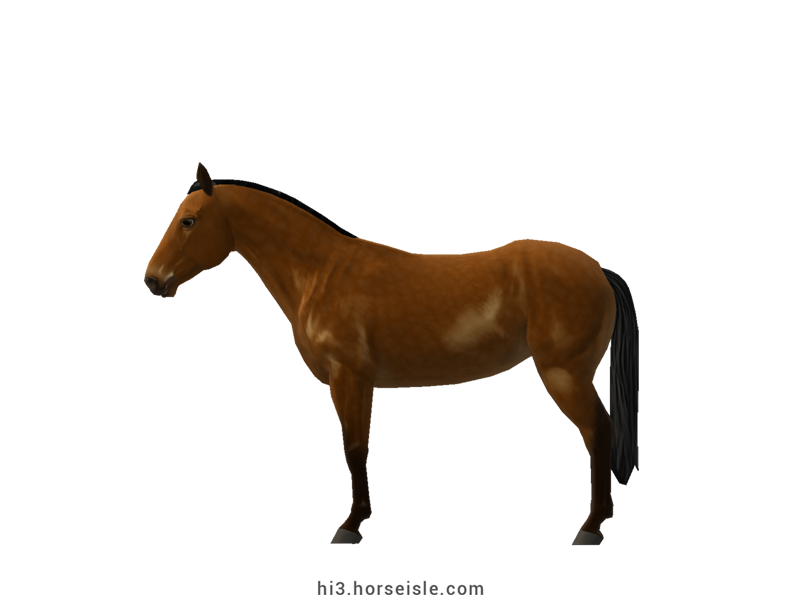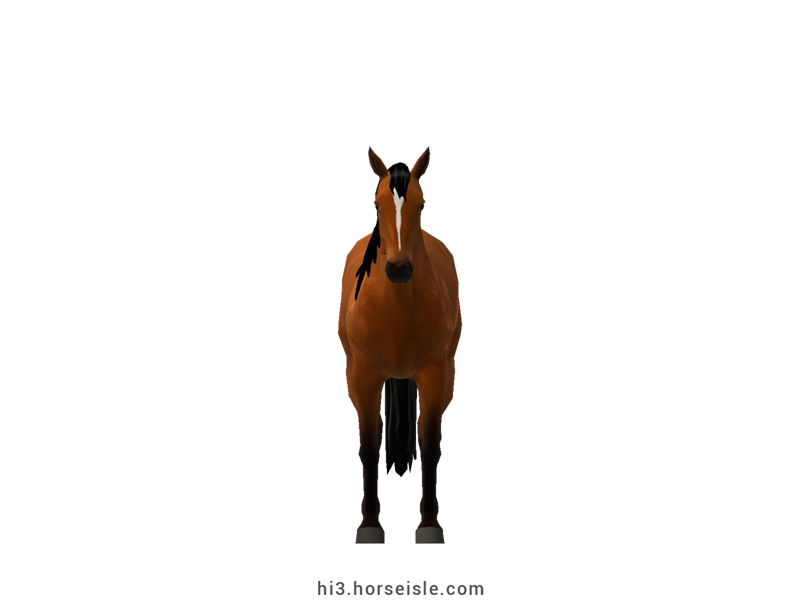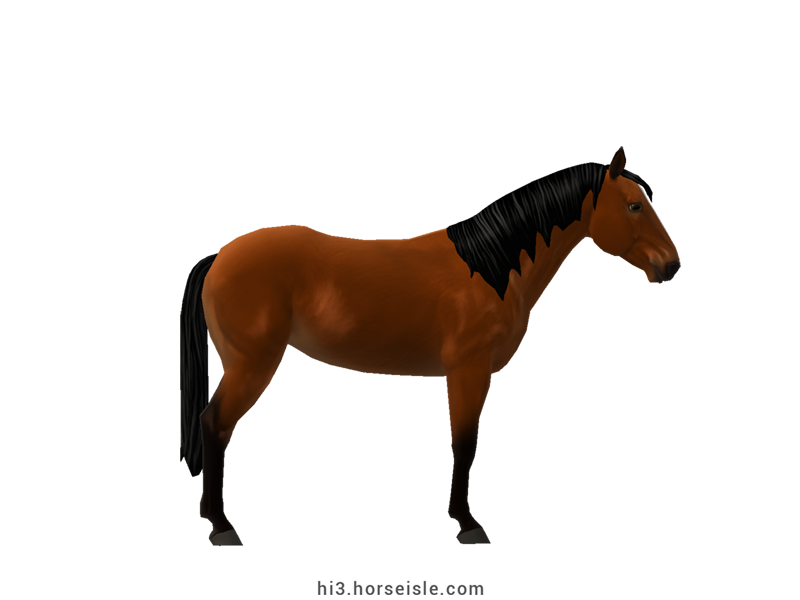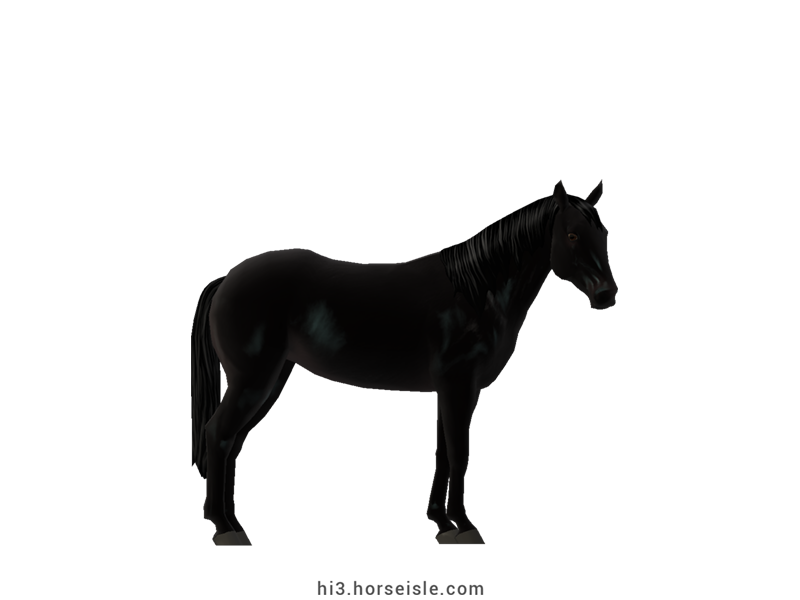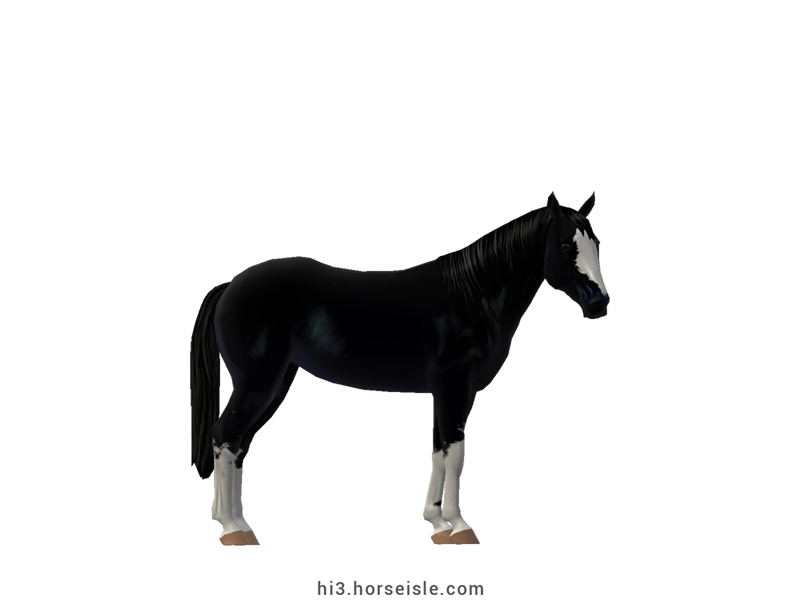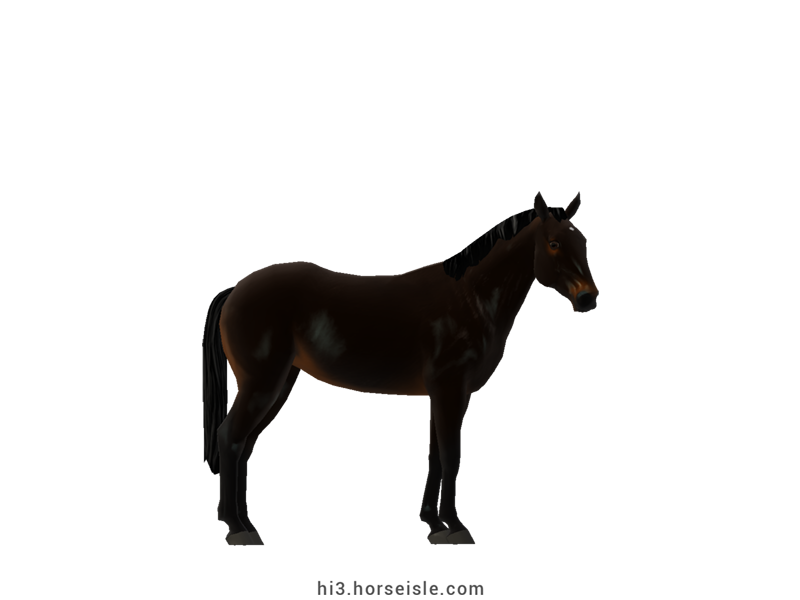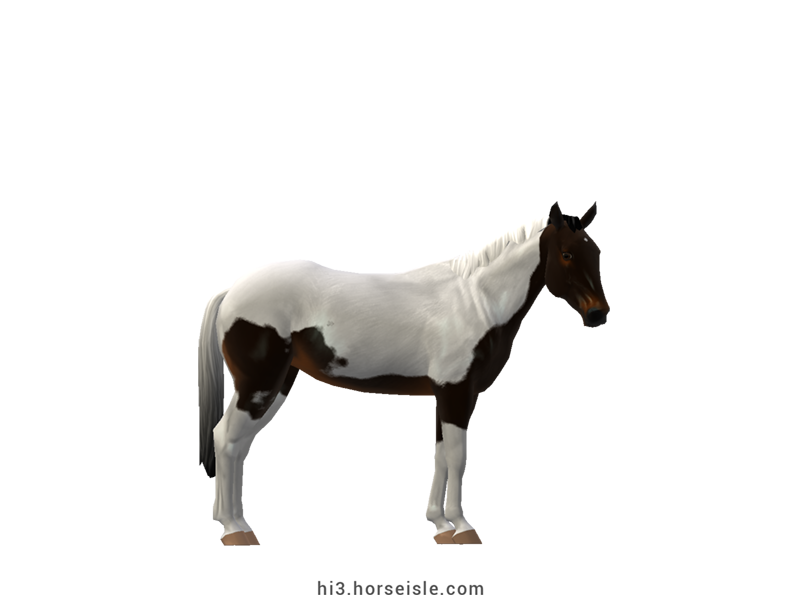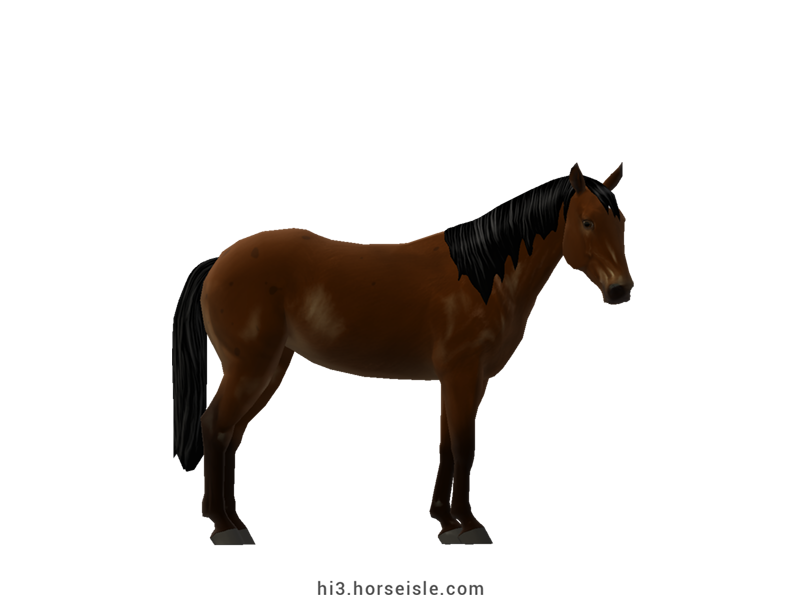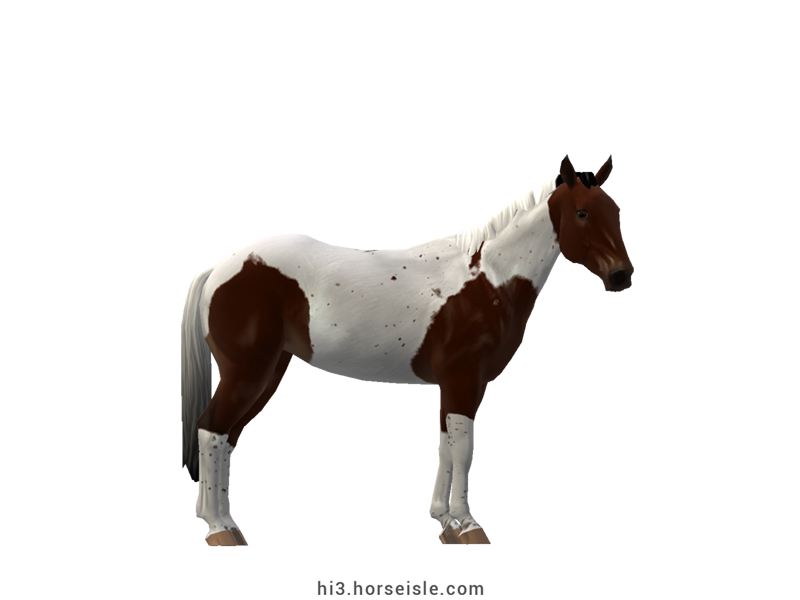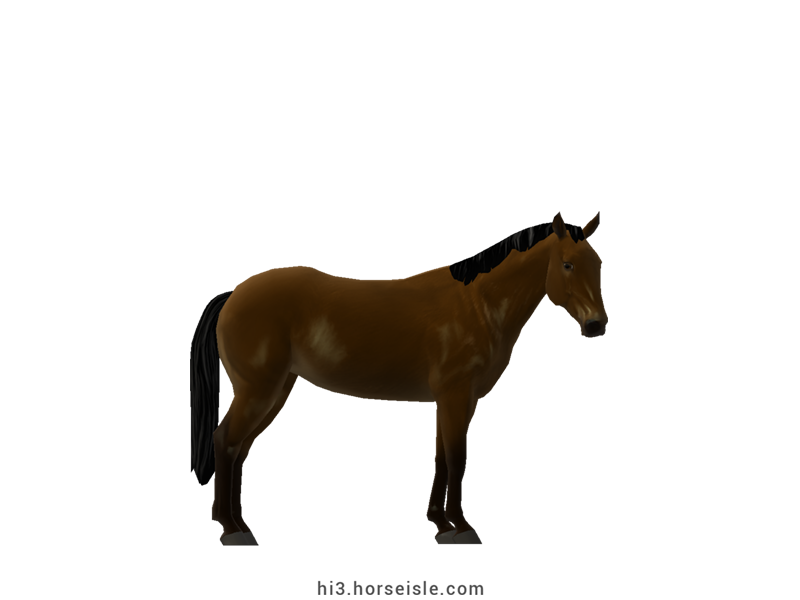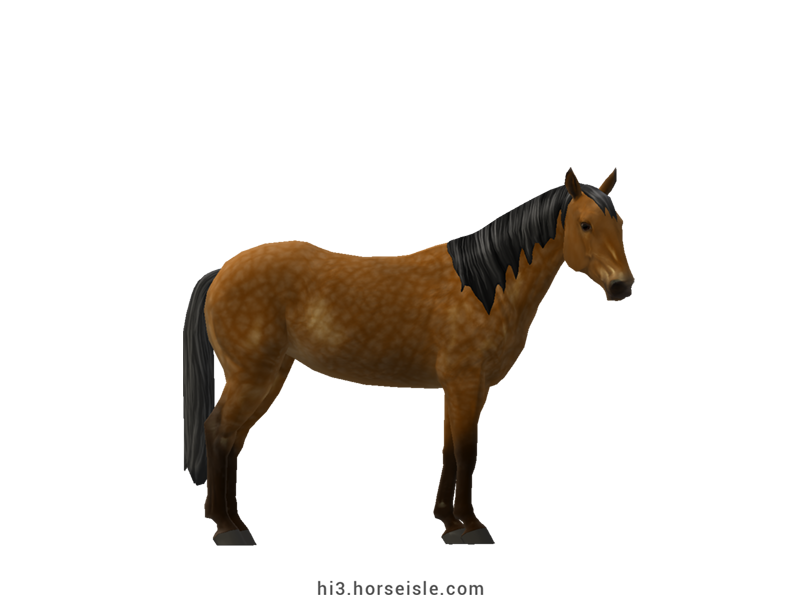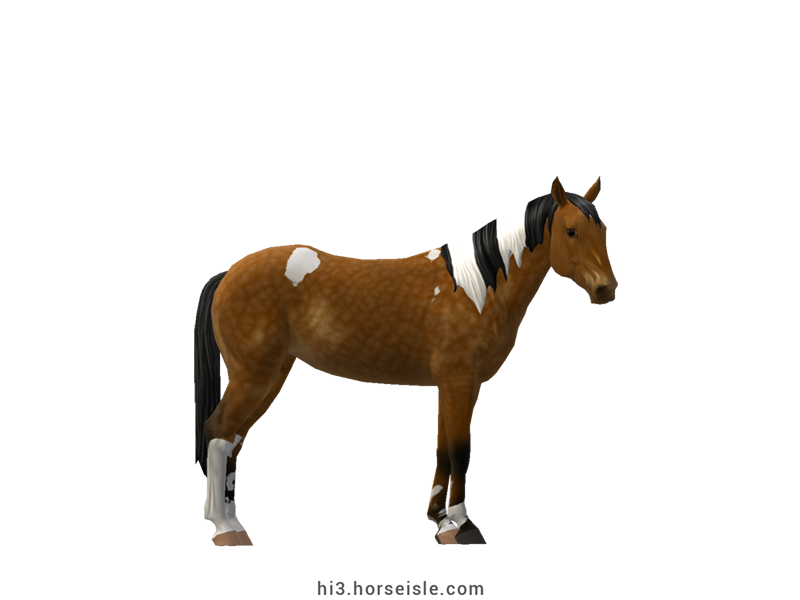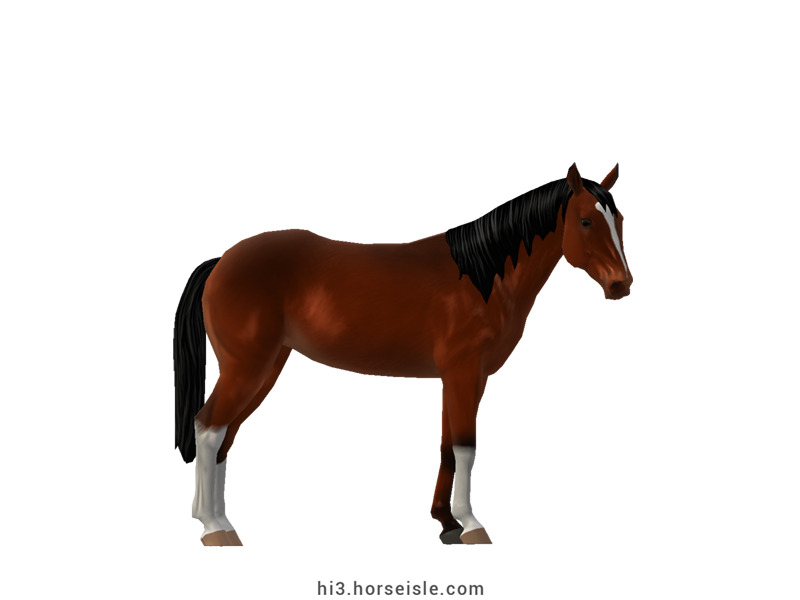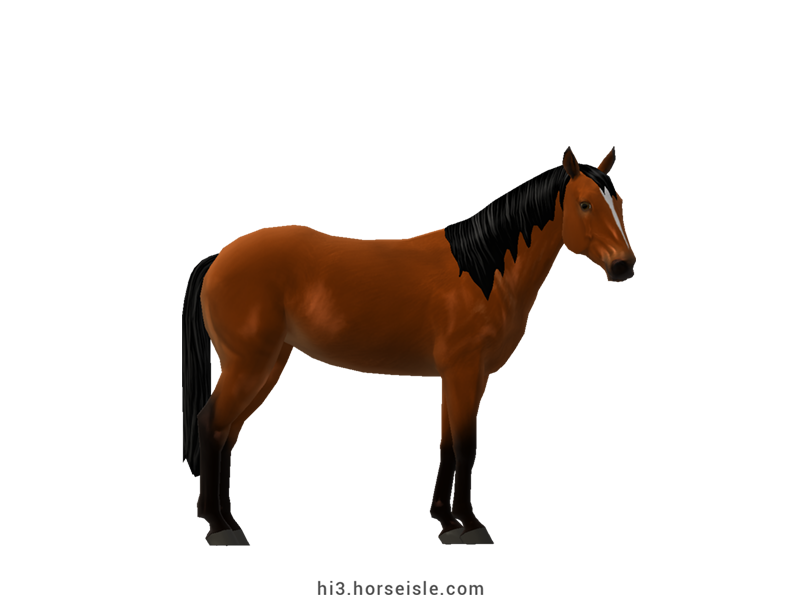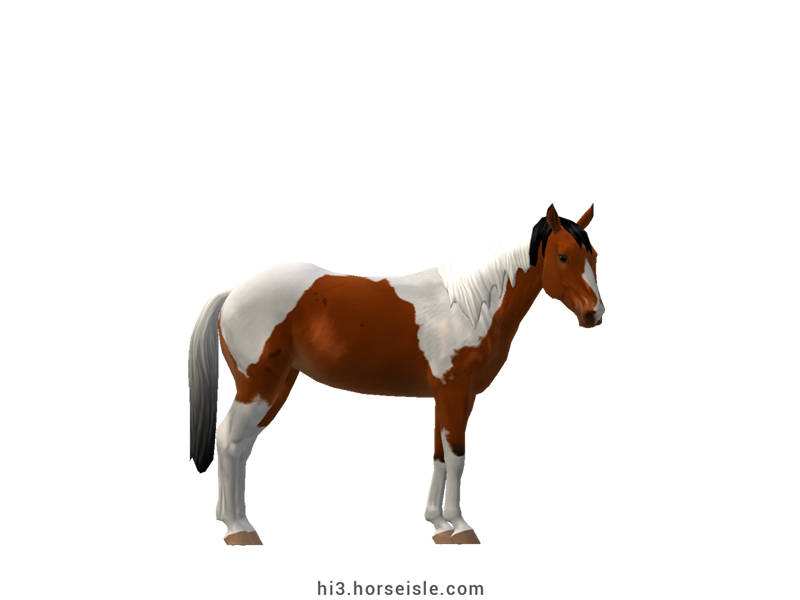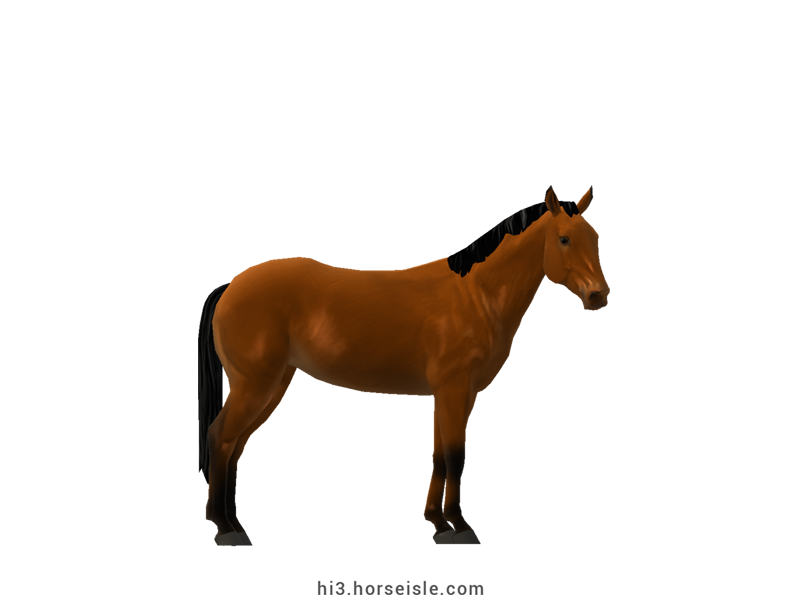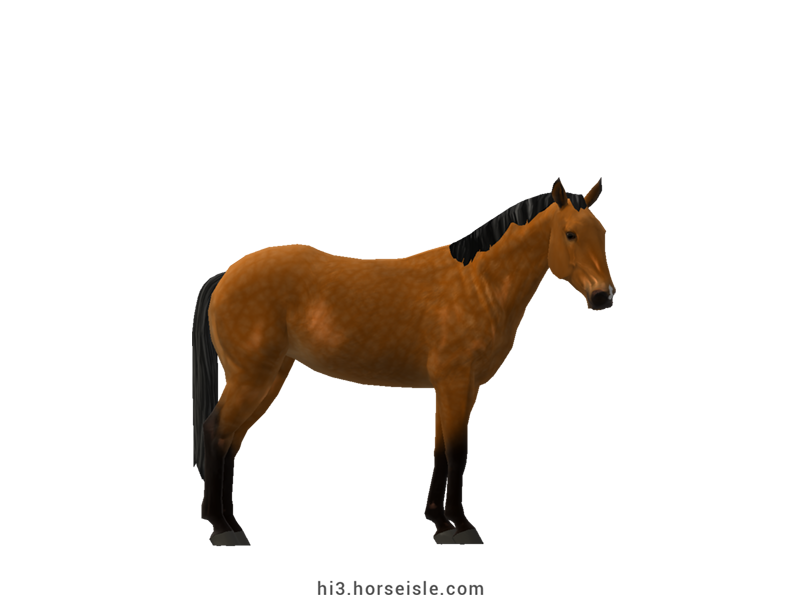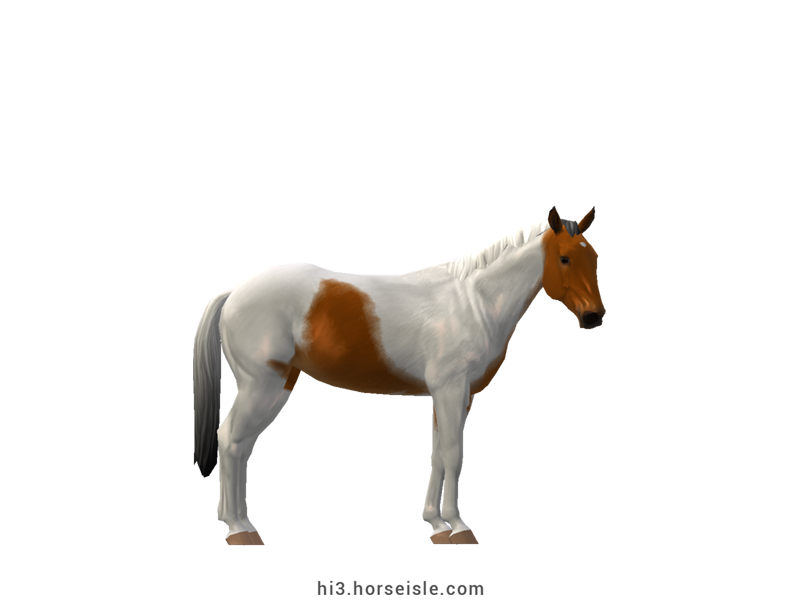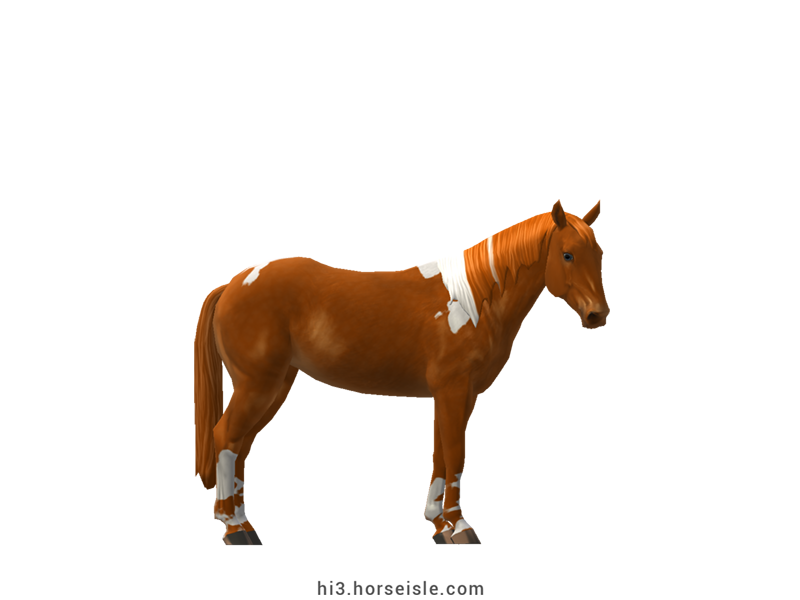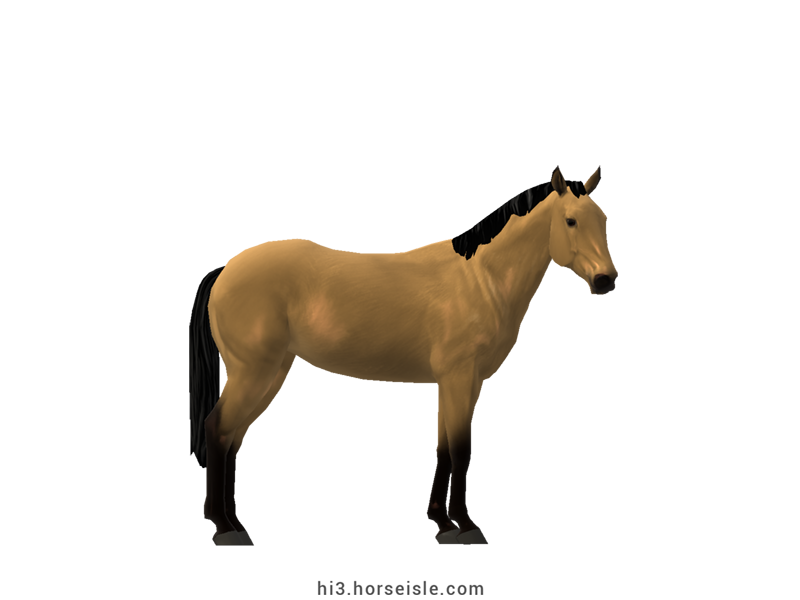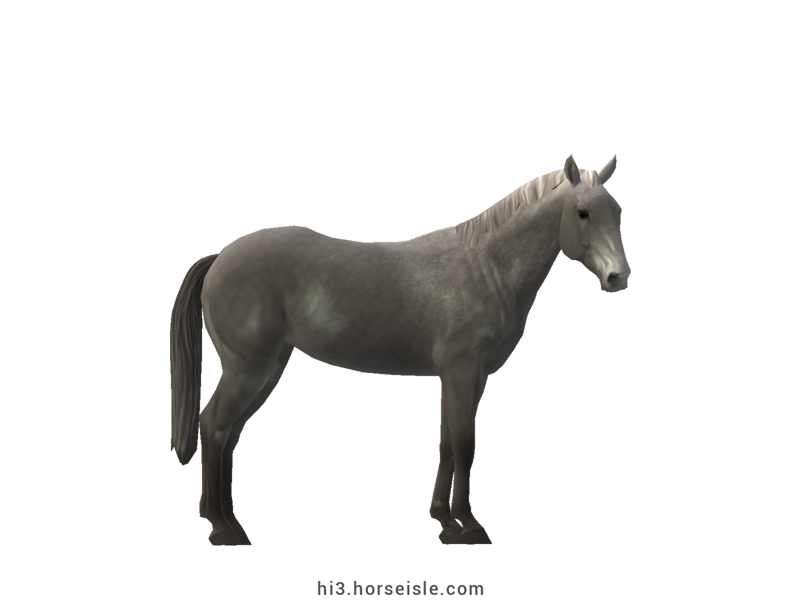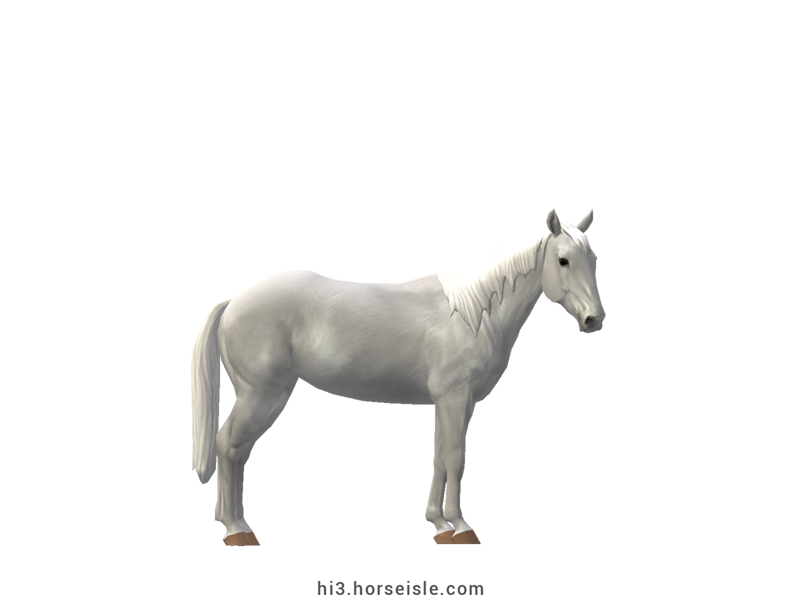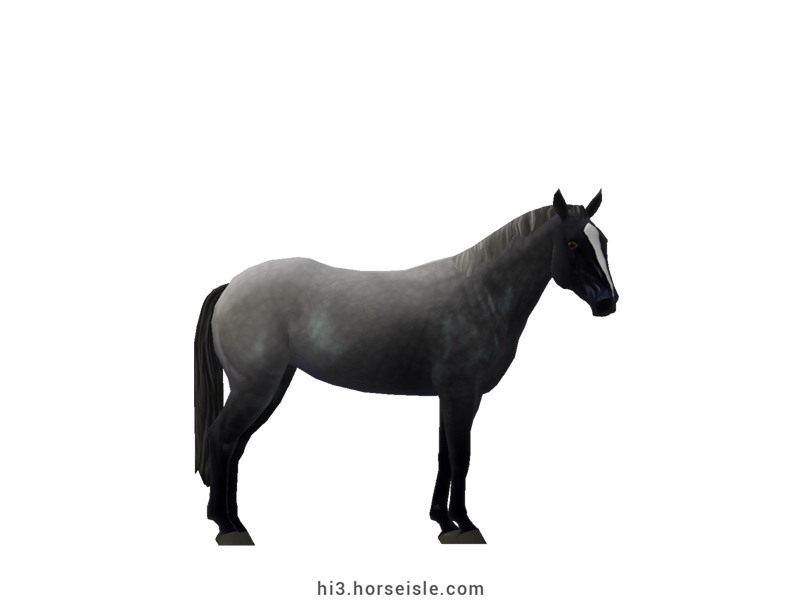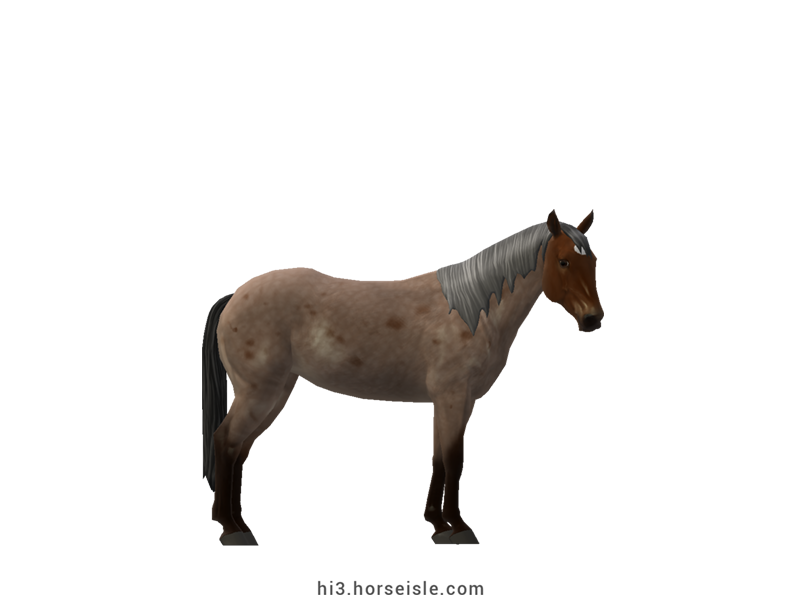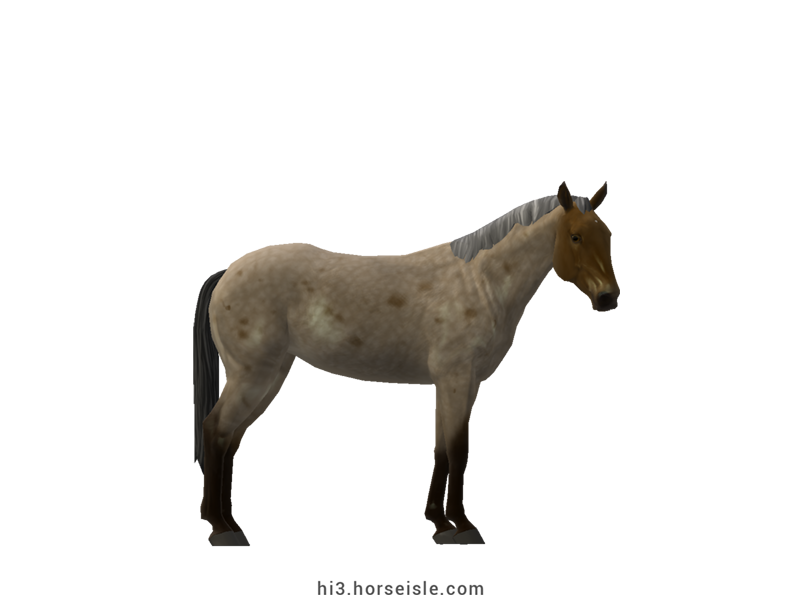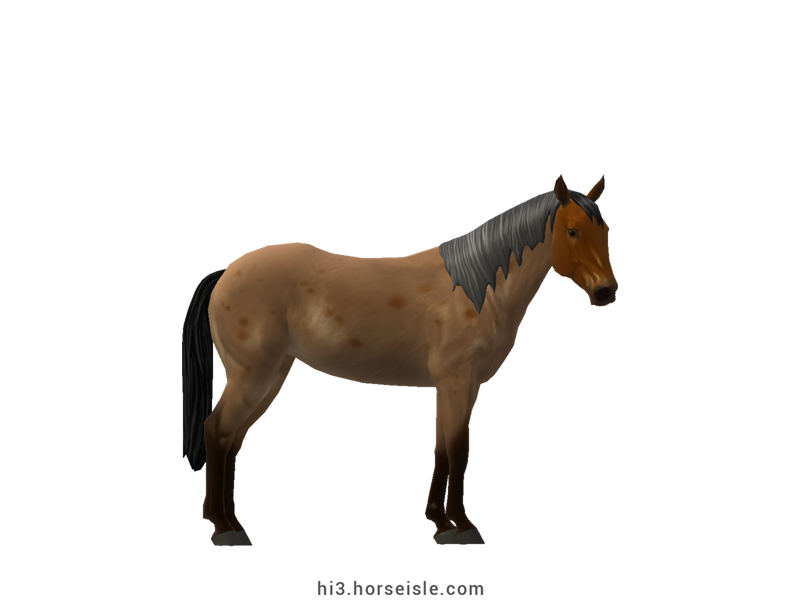Our Massive Real World Equine Reference!
[ INDEX ] Equine Type: Horse Breed: Standardbred [ PREV ] [ NEXT ]
Messenger:
The development of the Standardbred was a gradual process, which took place from the 17th century to the 19th century. It involved crossings between Narragansett Pacers, Norfolk Trotters, Canadians Pacers, and English Thoroughbreds. The most famous of the latter was a Thoroughbred stallion named Messenger, who improved the speed of the Standardbred.
Hambletonian 10:
In 1849, a horse named Hambletonian 10 was born, and grew up to be the most influential sire of the Standardbred breed. Hambletonian, who was not only a descendant of Messenger but also a natural pacer, improved even more the speed of the Standardbred, and gave it the ability to pace. Furthermore, he also added to the breed his tendency to trot or pace rather than canter, which made the Standardbred excellent for harness races where cantering is forbidden.
Today, almost all Standardbred horses can be traced back to Hambletonian 10.
The birth of the Standardbred:
As part of the breeding process, the speed of both mares and stallions was tested, and only horses who could run a standard mile in less than 2:30 minutes were allowed to breed. The emerging breed was named 'Standardbred' after that standard mile.
The studbook of the Standardbred was established in 1871, with the aim of producing the best trotting horses. As such, horses were continuously tested for their speed, and as horses got faster and faster, the standard for the speed was adjusted accordingly.
Worldwide fame:
During the second half of the 19th century, the Standardbred gained worldwide fame as a legendary harness racehorse. Standardbreds were imported to Europe in increasing numbers, were they were used to create or improve various European trotting breeds, such as the Russian Trotter and the French Trotter (see the 'Russian Trotter', 'Orlov Trotter' and 'French Trotter' for more info).
The Standardbred today:
Today, the Standardbred is one of the most famous breeds in the world because of its exceptional performance in harness racing. It is a popular breed, especially in the USA, where it is primarily used for harness racing.
Standardbreds are divided into trotters and pacers, both of which can be found in Horse Isle (see the 'Pacer Standardbred' and 'Trotter Standardbred' for more info).
Conformation:
The conformation of the Standardbred is often described as a "heavy Thoroughbred". As such, the head of the Standardbred is coarser and more convex than that of Thoroughbreds, the neck is shorter, the back is longer, the croup is more sloped, the ribcage is flatter, and the muscles are bulkier.
Performance metrics:
The following are the: range, average, (SD), and MOE of performance metrics of ordered Standardbreds in Horse Isle (not bred ones). In rare cases,
Speed: 16.1-18.5, 17.5 (0.5), 0.1.
Sprint: 57-69, 63 (3), 0.54.
Accel: 0.87-1.07, 0.97 (0.04), 0.01.
Decel: 0.94-1.07, 1.01 (0.03), 0.01.
Jump: 5.24-5.49, 5.36 (0.05), 0.01.
Pull: 2.10-3.03, 2.50 (0.21), 0.04.
Turning: 49.19-60.52, 54.48 (2.67), 0.52.
Reverse: 2.4-3.0, 2.7 (0.1), 0.03.
Stamina: 44.73-51.49, 48.21 (1.56), 0.31.
Reaction: 0.73-0.84, 0.79 (0.03), 0.00.
Coats & Height:
Colors: usually bay, brown, black, chestnut, and grey. In rare cases, the coat can be cream-diluted or dominant-white.
Additionals: flaxen, rabicano, roan, sooty, dark mane & tail, grey mane & tail.
Pinto: the coat is usually solid, but in rare cases can be tobiano or white-spotted sabino.
Height: 14hh to 17hh.
[ INDEX ] [ PREV ] [ NEXT ]

